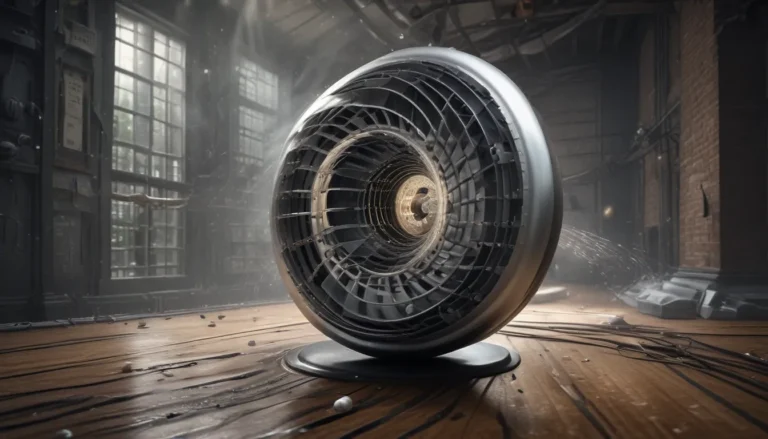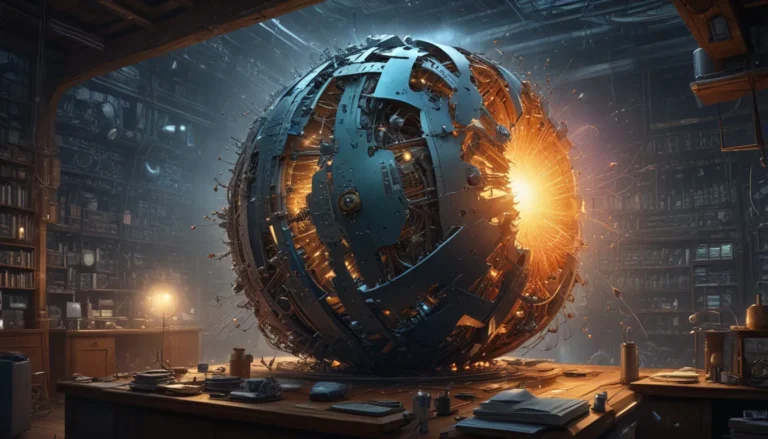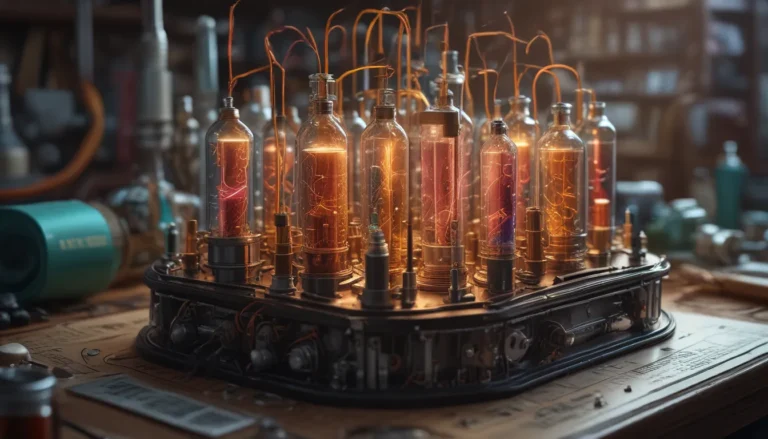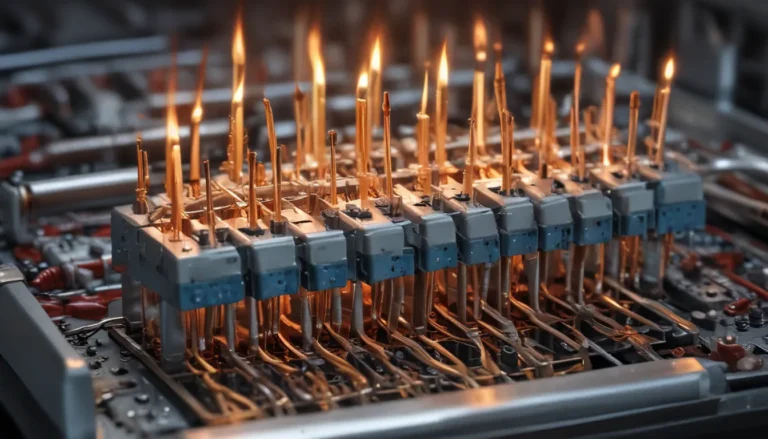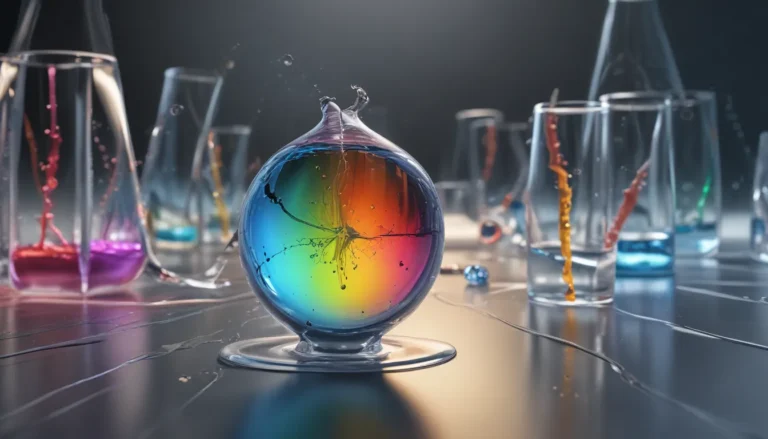A Note About Images: The images used in our articles are for illustration purposes only and may not exactly match the content. They are meant to engage readers, but the text should be relied upon for accurate information.
The conservation of momentum is a fundamental concept in physics that lies at the core of understanding the behavior of objects in motion. From the intricate laws of Newtonian mechanics to the mesmerizing world of particle accelerators, momentum conservation plays a pivotal role in shaping our understanding of the physical world. In this article, we will explore 13 enigmatic facts about the conservation of momentum that highlight its significance in the realm of physics. Join us on this journey as we unravel the mysteries of momentum and delve into its diverse applications in various fields.
Understanding Momentum: The Driving Force Behind Motion
Momentum, defined as the product of an object’s mass and velocity, is a vector quantity that determines the difficulty of stopping an object in motion. In simple terms, momentum represents the “secret force” that governs the behavior of moving objects, influencing everything from sports performance to rocket propulsion. By gaining a deeper understanding of momentum, we can unlock the key to predicting and analyzing the dynamics of physical systems.
Newton’s Third Law: The Foundation of Momentum Conservation
Newton’s third law of motion, which states that for every action, there is an equal and opposite reaction, forms the basis for the law of conservation of momentum. This fundamental principle asserts that the total momentum of an isolated system remains constant in the absence of external forces. By adhering to this law, scientists and engineers can solve real-world problems and unravel the mysteries of motion.
Transfer of Momentum: A Dance of Energy and Motion
In collisions or interactions between objects, momentum can be transferred from one object to another, following the law of conservation of momentum. Whether it’s a billiard ball striking another ball or a rocket launching into space, the exchange of momentum shapes the dynamics of the system. Understanding this transfer of momentum is crucial in predicting the outcomes of various events and phenomena.
Two Sides of Collision: Elastic vs. Inelastic
Collisions come in two flavors: elastic and inelastic. In an elastic collision, both kinetic energy and momentum are conserved, leading to a “perfect” exchange of energy. In contrast, in an inelastic collision, only momentum is conserved, while kinetic energy may be transformed into other forms. By distinguishing between these collision types, scientists can gain insights into the nature of interactions between objects.
Sporting Momentum: A Game of Physics
Sports enthusiasts may not realize it, but the conservation of momentum plays a critical role in their favorite games. From billiards to soccer and ice hockey, sports rely on the principles of momentum to optimize performance and strategy. Athletes harness the power of momentum to make precise calculations and enhance their gameplay, showcasing the practical applications of physics in a dynamic and engaging context.
Rocket Science: Propelling Forward with Momentum
Rockets, the epitome of human ingenuity and engineering, harness the conservation of momentum to propel themselves into space. By expelling gases at high speeds in the opposite direction, rockets create a reaction force that pushes them forward. This elegant utilization of momentum conservation exemplifies the intricate dance between science and technology in achieving the impossible.
Spinning Tales: Angular Momentum Conservation
In addition to linear momentum, angular momentum plays a crucial role in systems with rotating objects. This conservation principle, vital in fields like astronomy and mechanics, sheds light on the behavior of objects with rotational motion. By understanding and preserving angular momentum, scientists can unravel the complexities of celestial bodies and mechanical systems with precision and accuracy.
Particle Accelerators: Unveiling Mysteries with Momentum
Particle accelerators, such as the Large Hadron Collider, rely on the conservation of momentum to manipulate subatomic particles and study their properties. By controlling the momentum of particles, scientists can delve into the mysteries of quantum mechanics and unravel the secrets of the universe. This intricate interplay between momentum conservation and particle physics showcases the power of fundamental principles in shaping our understanding of the cosmos.
Unlocking Impulse: The Key to Momentum Transformation
Impulse, the change in momentum experienced by an object when a force acts on it for a certain period, is closely tied to the conservation of momentum. By understanding the relationship between impulse and momentum, scientists can predict and analyze the outcomes of various interactions. This fundamental link provides a deeper insight into the transformative nature of momentum in dynamic systems.
From Macro to Micro: Scaling Momentum Conservation
Whether it’s the collision of billiard balls or the interaction of subatomic particles, the conservation of momentum transcends scales and dimensions. This universal principle offers a framework for analyzing and predicting the behavior of diverse systems, from the minuscule to the monumental. By recognizing the ubiquity of momentum conservation, scientists can unravel the mysteries of the universe and shape the future of physics and engineering.
Real-World Applications: Solving Problems with Momentum
The principles of momentum conservation have far-reaching implications in real-world scenarios, from automotive engineering to biomechanics. By applying these fundamental concepts, engineers can design safer cars, enhance transportation systems, and develop innovative protective gear. Momentum serves as a guiding force in solving complex problems and driving advancements in technology and science, highlighting its practical relevance in our modern world.
The Essence of Physics: Momentum’s Enduring Legacy
The conservation of momentum stands as a cornerstone of physics, underpinning countless discoveries and innovations in the field. From collisions to projectile motion, this fundamental principle offers a lens through which we can understand and analyze the dynamics of objects in motion. By embracing the enigmatic nature of momentum conservation, we can continue to unravel its mysteries and unlock new insights into the workings of the universe.
Conclusion: Unraveling the Mysteries of Momentum Conservation
In conclusion, the conservation of momentum is a profound and essential concept in physics that shapes our understanding of the physical world. Through the exploration of 13 enigmatic facts about momentum conservation, we have delved into the intricate laws and applications of this fundamental principle. From sports to space travel, momentum conservation plays a pivotal role in shaping our world and driving scientific progress. By embracing the mysteries of momentum, we can unlock new insights into the cosmos and push the boundaries of human knowledge.
FAQs: Your Guide to Momentum Conservation
- What is the conservation of momentum?
-
The conservation of momentum is a fundamental principle in physics that states the total momentum of an isolated system remains constant in the absence of external forces.
-
How does momentum conservation apply to collisions?
-
In collisions, the total momentum before the collision is equal to the total momentum after the collision if no external forces act upon the system.
-
Can momentum be transferred between objects?
-
Yes, momentum can be transferred between objects through interactions such as collisions or forces, in accordance with the principle of conservation of momentum.
-
What are some real-world applications of momentum conservation?
-
Momentum conservation is applied in various fields, including automotive engineering, biomechanics, and rocket propulsion, to solve complex problems and enhance technological advancements.
-
Why is momentum conservation important in physics?
- Momentum conservation serves as a foundational principle in physics, guiding our understanding of motion, collisions, and interactions between objects across different scales and contexts.
By exploring these FAQs, you can gain a deeper understanding of momentum conservation and its profound impact on the world around us.
Embrace the enigmatic nature of momentum conservation and embark on a journey of discovery through the mysteries of physics. As you navigate the complexities of momentum’s laws and applications, remember that each fact uncovered leads to a deeper appreciation of the intricate dance between energy, motion, and forces in our universe. Together, let’s unravel the secrets of momentum and unlock a new dimension of knowledge and wonder in the boundless realm of physics.

